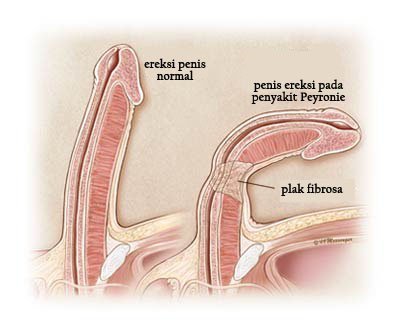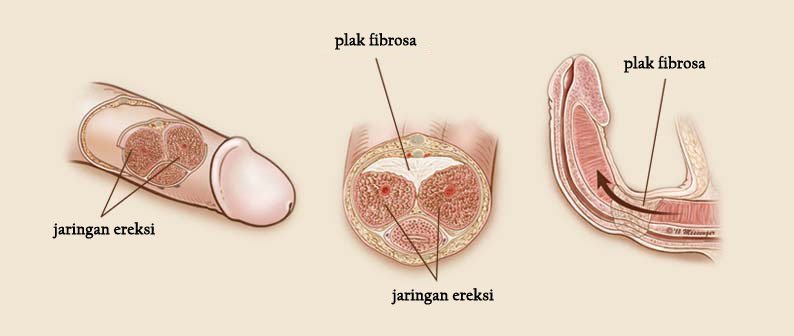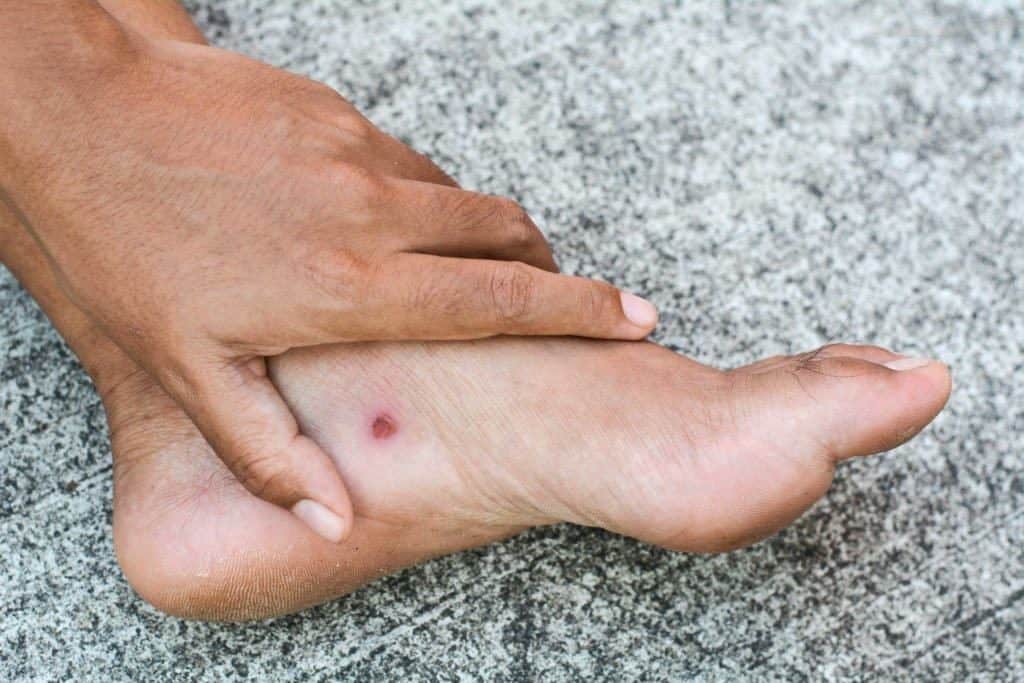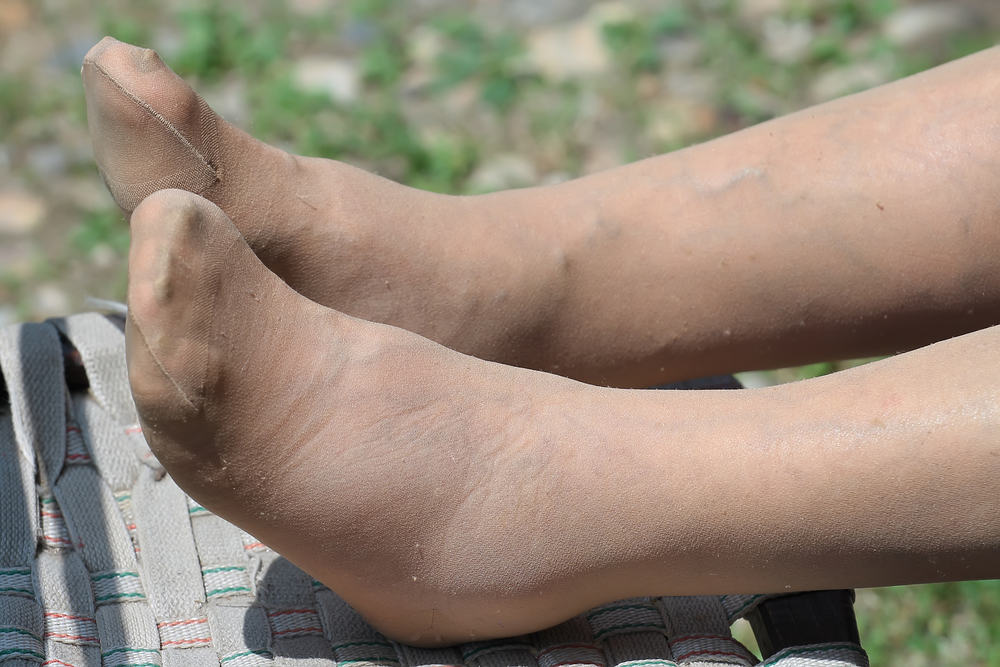Contents:
- Medical Video: Insight into Peyronie's Disease: Cause and Treatment for Penis Curvature | UCLA Urology
- Signs and symptoms of Peyronie's disease
- 1. Plaques (nodules)
- 2. Changes in the shape of the penis during erection, including a bent penis
- 3. Penis pain
- 4. Erectile dysfunction
- Can Peyronie's disease be treated?
Medical Video: Insight into Peyronie's Disease: Cause and Treatment for Penis Curvature | UCLA Urology
Peyronie's disease is a problem in the penis caused by scar tissue, or called plaque, which forms inside the penis. This disease can make the penis bent up or sideways. Most men with Peyronie's disease can still have sex. But, it might feel very difficult and painful. Even though there is treatment for Peyronie's, actually it is not always necessary, because Peyronie's disease can disappear on its own. If you are afraid of its influence on sexual activity, knowing the symptoms and understanding how to treat this condition may relieve your anxiety.
Signs and symptoms of Peyronie's disease

For some men, Peyronie's disease can appear quickly, or overnight. For others, this disease develops gradually. The following signs and symptoms that often occur:
1. Plaques (nodules)
Plaque is a lump that thickens or develops under the skin of the shaft of the penis. Plaque is caused by excessive collagen buildup and the appearance of scar tissue in the penis. This plaque is different from the plaque in the blood vessels. Plaques can appear along the shaft of the penis, but often appear on the upper side. Many men can feel plaque under the skin. Initial plaques are very soft, but will harden over time.
Because plaques consist of scar tissue, they do not stretch like other normal tissues in the penis, while preventing the affected area from extending during erection. This is what causes changes in the shape of the penis (or can be referred to as penile deformity), one of which is a curved penis.
2. Changes in the shape of the penis during erection, including a bent penis

Penile shape changes may include bending, bending, narrowing, or shortening. Most men who have Peyronie's disability form the penis, and penile curvature is the most common thing. Because this defect is caused by plaques that do not develop like normal penile tissue, the defect can be detected during erection.
3. Penis pain
Penile pain can occur with or without erection. More than half of men have experience of penile pain. For many people, that is one of the first symptoms they notice. Although pain usually occurs during an erection, pain is also common when the penis relaxes due to inflammation in the area affected by plaque. Erect pain can be caused by tension in the plaque, and the pain will subside within 12-18 months after the symptoms begin.
4. Erectile dysfunction
Peyronie's disease can cause erectile dysfunction, aka impotence. It is estimated that more than two-thirds of men with this disease experience erectile dysfunction. Although some of them experience other diseases that cause impotence (such as high blood pressure, heart disease, and diabetes), there is no doubt that Peyronie's disease actually causes erectile problems, such as:
- Curved penis. Penile curvature can prevent sexual intercourse or cause pain for male partners. The combination of curvature and narrowing of the shaft can cause penis instability, even when the erection is at its maximum point, causing the penis to curl upward.
- Penis pain Some men may avoid erections due to pain in the penis.
- Worry. Anxiety about penis performance or condition in sexual intercourse can prevent a man from getting or maintaining an erection.
Physical changes in the penis. Plaques can damage erectile tissue in the penis and prevent it from functioning properly. Erection may not occur or the penis cannot harden with plaque.
Can Peyronie's disease be treated?
Yes, but you don't really need it. Because this condition will improve over time, doctors often recommend waiting 1-2 years or more before they try to fix it. In addition, mild pain that does not interfere with sex life may not be given any treatment at all.
If you need treatment, the doctor will consider surgery or medication. First, the doctor may prescribe pills, such as pentoxifylline or potassium para-aminobenzoate (Potaba). If the drugs are not successful, you may get a verapamil or collagease injection into the penile scar tissue. If that also doesn't work, the doctor will consider surgery, but usually only for men who can't have sex at all because of Peyronie's disease.
READ ALSO:
- 4 Most Dangerous Sex Positions for the Penis
- What Causes the Blemish Penis and How to Overcome It?
- Broken Penis: What are the Causes and How to Prevent it?












